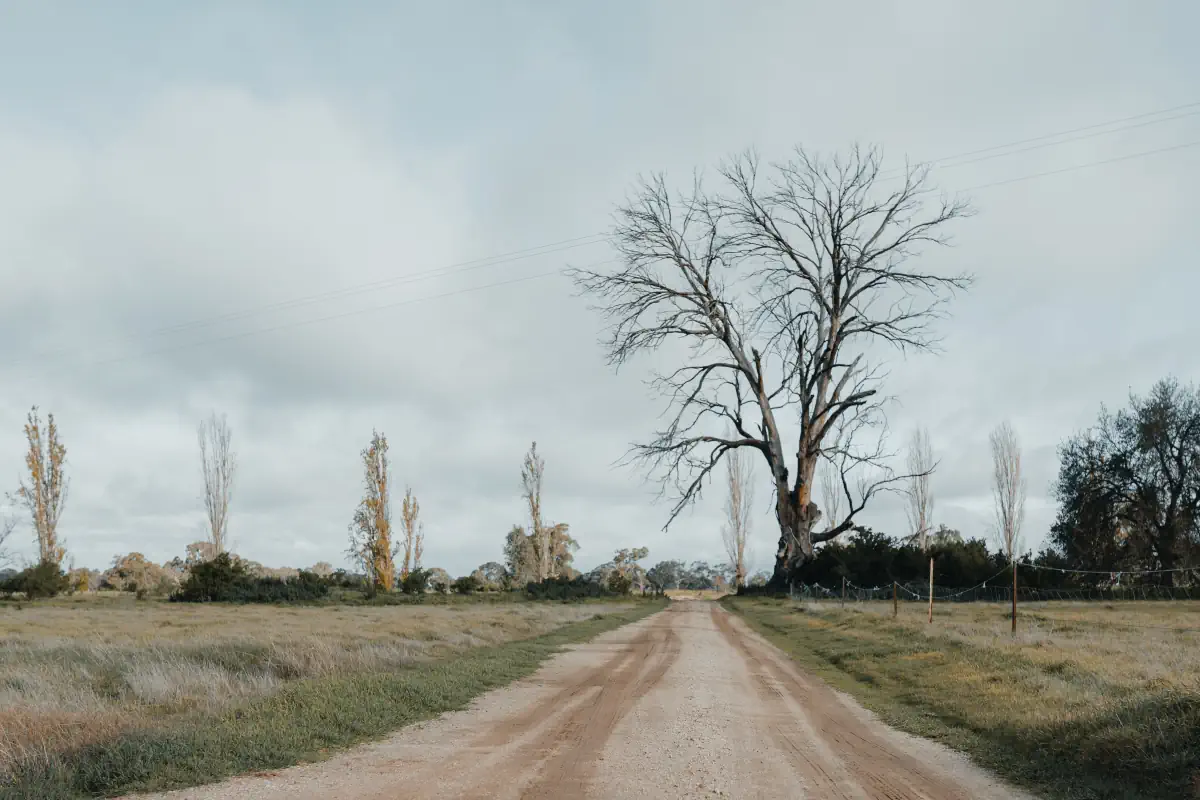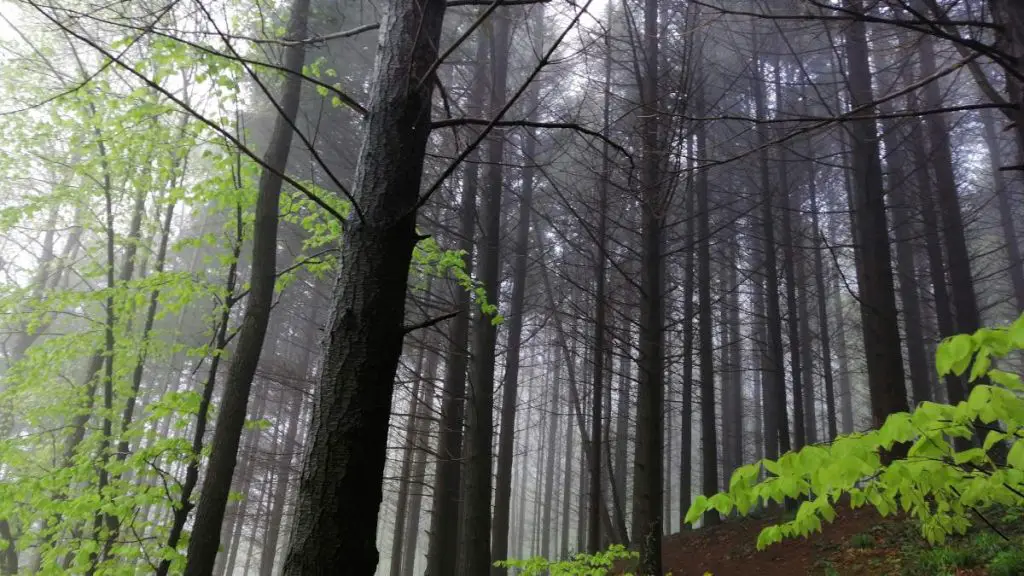Just like other living organisms, trees can get sick and die of disease if they’re not cared for properly. Fortunately, there are steps you can take to relieve the stress your trees are experiencing and protect their long-term health.
Injured trees exist on a spectrum from stressed to dying. Unfortunately, once your tree is dying, there’s little you can do to bring it back to life. However, if you catch the symptoms of illness early, it is very possible to save your tree.
Read on for practical tips on how to revive struggling trees.
The Needs of a Tree
Like other plants, trees need water, air, and sunlight to survive. Many trees also prefer space and depth to spread their roots, although some are capable of growing in challenging environments.
Trees receive protection from their outer bark, and damage to that outer covering can cause illness and infection. For instance, many trees experience cracking in this outer layer during extremely cold weather. If the crack doesn’t heal properly, the tree can get infected and decline over time.
Other susceptible areas of a tree include its root system, trunk flare, and branches. Many trees are planted too deep in the ground, which can lead to girdling when the roots grow around the trunk. If trees aren’t pruned and maintained properly, parallel branches can also cause problems as the tree matures.
Trees that grow in urban settings experience more hazards than those growing in wild areas. They can become damaged by lawnmowers, get over-mulched, and may be exposed to pesticides. In addition, many urban trees are surrounded by asphalt and concrete and have little space to expand and grow. Some arborists use tree grates to protect root systems in urban settings, which means even city spaces can enjoy the many benefits of healthy trees.
Signs Your Tree Is Dying
Although trees talk to each other, they only communicate with people through subtle signs of growing stress. Here are a few things you can look for to tell you if your tree is sick or dying:
- Cracked, damaged bark or large pieces of missing bark
- Large amounts of fungi growing around the base of the tree or on the trunk
- Discolored, spotted, or undersized leaves
- An increased amount of deadwood (branches without leaves)
- Sudden or increased lean (the tree isn’t straight anymore)
- Large amounts of sap oozing from cracks
It’s important to consider both internal and environmental factors when diagnosing your tree. These common symptoms of tree illness can indicate many internal problems, ranging from underwatering to root rot.
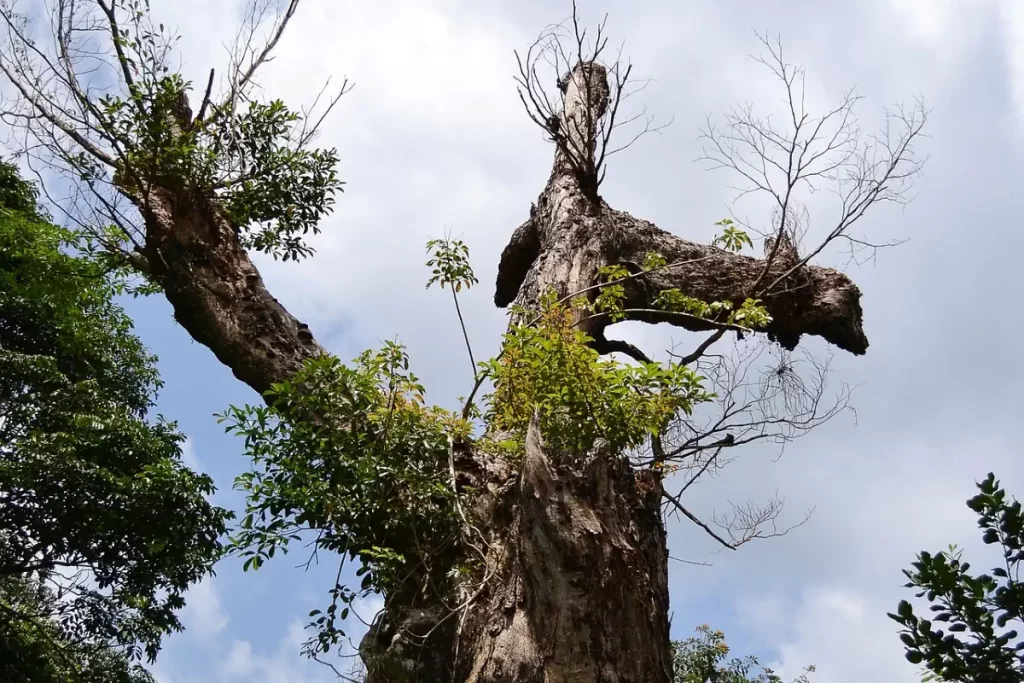
How to Save a Stressed Tree
To help your tree, start by examining it for signs of stress. Take note of any damage you find – trees are more likely to become sick or decay when they’re dealing with multiple issues. Examine each part of the tree, and think about whether anything has changed recently.
Next, determine the seriousness of your tree’s injuries. If a tree is severely damaged or unstable, it has the potential to fall and harm someone or someone’s property. Trees that have reached a dangerous level of instability should be taken down by professionals right away.
If your tree is still stable, you can start by addressing each problem individually. Trees that are buried too deep in the ground can benefit from gently digging away soil from their base. Trimming away small roots that wrap around the base of the tree can protect it from being constricted as it grows.
Check the ground around your tree and determine whether it’s overly dry or wet. More watering or better drainage may help your tree recover. While you can mulch around the base of your tree, be careful not to pile on too much mulch – trees like loose, noncompacted soil with plenty of oxygen.
Properly pruning your tree can also protect it from disease. The best times to prune your trees are in the winter and spring. Over-pruning can cause harm, so be cautious and follow best practices to help your trees grow straight and strong.
How to Save and Revive Dying Tree: Suggestions
Here are 10 suggestions to help save and revive a dying tree:
- Watering Properly: Ensure that the tree gets adequate water. Newly planted trees require more frequent watering than established trees. Over-watering can also be harmful, so check the soil moisture a few inches below the surface. It should be damp but not soggy.
- Mulching: Apply a 2-4 inch layer of organic mulch around the base of the tree but avoid piling it directly against the trunk. Mulch helps retain soil moisture, controls temperature, and suppresses weed growth.
- Inspect for Diseases and Pests: Regularly check your tree for signs of diseases or pest infestations. Fungal infections, bacteria, and pests like beetles or caterpillars can weaken a tree. If identified early, many diseases and pests can be treated.
- Prune Dead or Diseased Limbs: Regularly prune dead, damaged, or diseased branches. This can help prevent the further spread of diseases and allows the tree to redirect energy to healthier parts.
- Aerate the Soil: If the soil around the tree is compacted, aerate it to improve water and air penetration. Compacted soil can limit root growth and water uptake.
- Protect the Tree Base: Ensure that the base of the tree is free from mechanical damages like those caused by lawnmowers or trimmers. Install a protective barrier or guard if necessary.
- Check Soil pH and Nutrients: If a tree isn’t thriving, it could be due to imbalances in soil pH or nutrient levels. Conduct a soil test to determine its pH and nutrient content. Based on the results, amend the soil accordingly.
- Reduce Stress: Minimize any additional stresses on the tree, like excessive fertilization, exposure to chemicals, or root disturbances from nearby construction.
- Consult a Certified Arborist: If you’re unsure about the health of your tree or how to care for it, consult a certified arborist. They can provide expert advice, treatments, and recommendations tailored to your tree’s specific needs.
- Avoid Quick Fixes: Be wary of products that promise rapid tree recovery. The revival of a tree is often a slow process, and there’s no guarantee that a product will work unless it specifically addresses the root cause of the tree’s distress.
Remember, the key to saving a dying tree is identifying the issue early and addressing it appropriately. Some trees, despite best efforts, may not recover due to advanced disease, irreversible damage, or environmental factors beyond control.
Common Diseases and Their Treatment
Several specific diseases commonly affect certain species of trees. Here’s a short list of these diseases, as well as steps you can take to recover any affected trees:
Dutch Elm Disease
This disease spreads through root systems and insect contamination. The best way to treat it is to catch wilting in the tree’s crown and prune these parts away. Fungicidal injections may also help.

American Chestnut Blight
A pathogen from Asia causes this illness and leads to orange spots on chestnut bark. Although the blight kills the tree’s upper portion, it doesn’t kill the root system. If you suspect your chestnut tree has blight, you need to call in a professional.
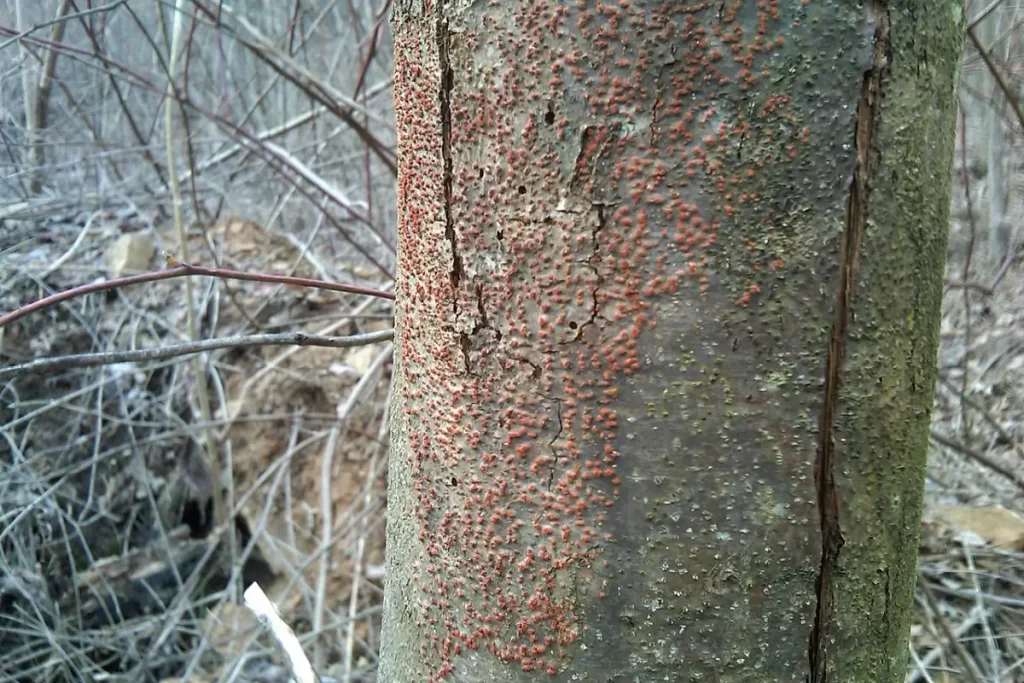
Fire Blight
Fire blight affects fruit trees, and the symptoms look just like the name suggests. The blackened leaves and bark are caused by a pathogen that’s infected the tree. You can help your tree by cutting off infected areas or applying antibiotic sprays to the entire plant.
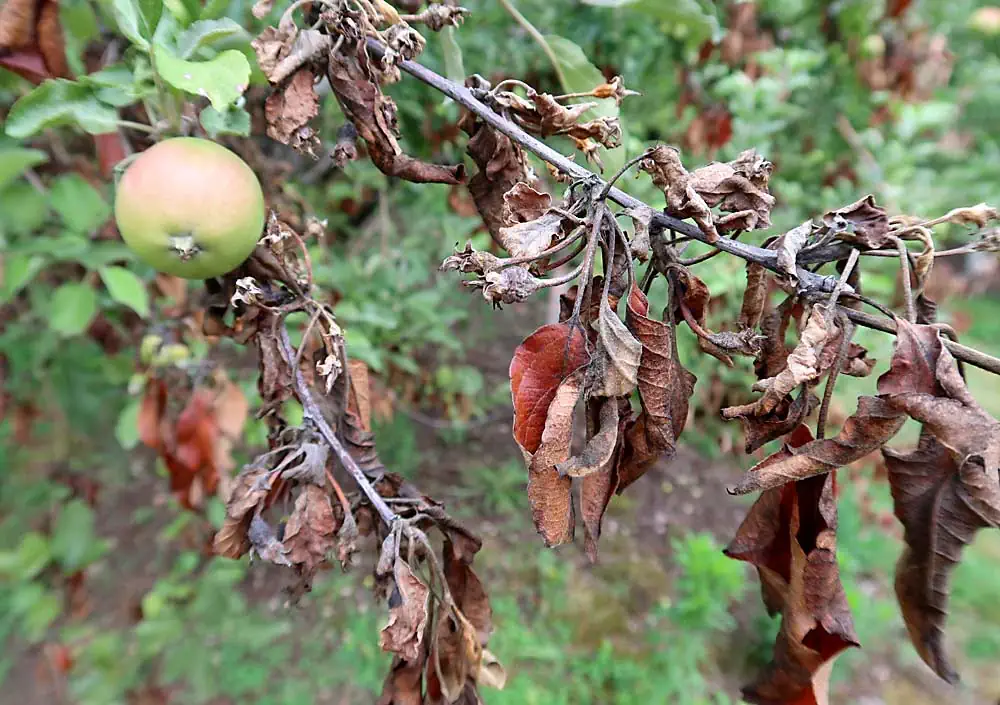
Investing in Healthy Trees
Although you can diagnose and treat problems on your own, speaking to a professional arborist is the best way to get reliable answers and learn about the most effective treatments for your tree. Paying attention to your trees is the first step toward care and will help you catch any issues before they cause significant harm.
- 9 Myths and Facts About Environmental Toxins - January 4, 2023
- Top 6 Deadliest Hurricanes ever recorded - November 7, 2022
- Are All-Electric Homes Feasible in the Near Future? - September 25, 2022
